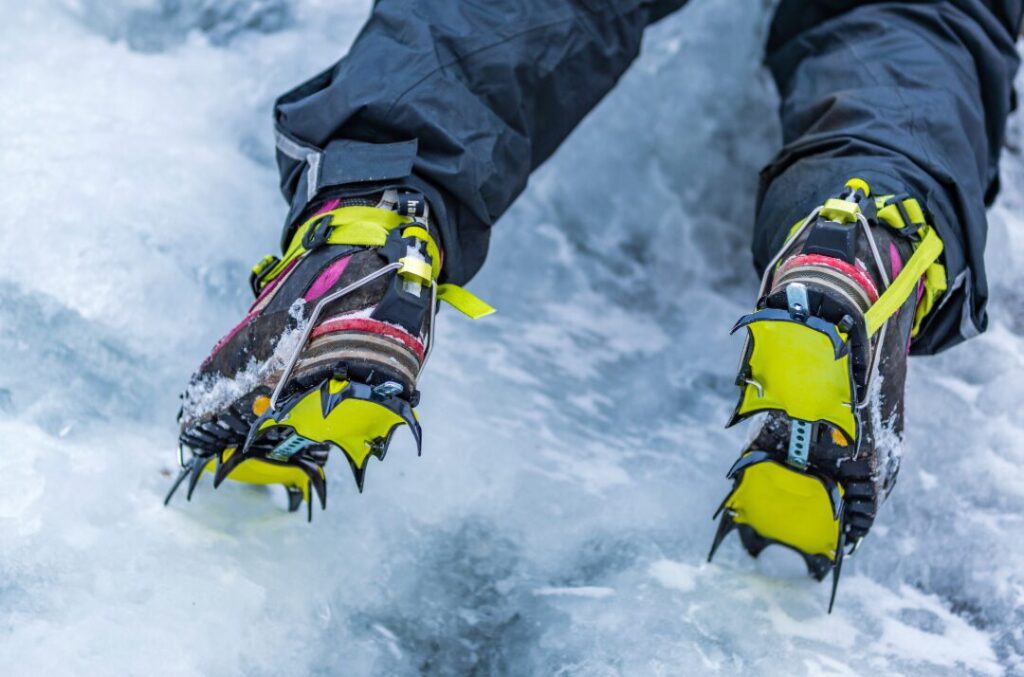
An avalanche is a phenomenon in which snow piled up on a slope slides down under the influence of gravity, and is divided into two types according to the surface it falls on: a “surface avalanche” and a “full-layer avalanche“.
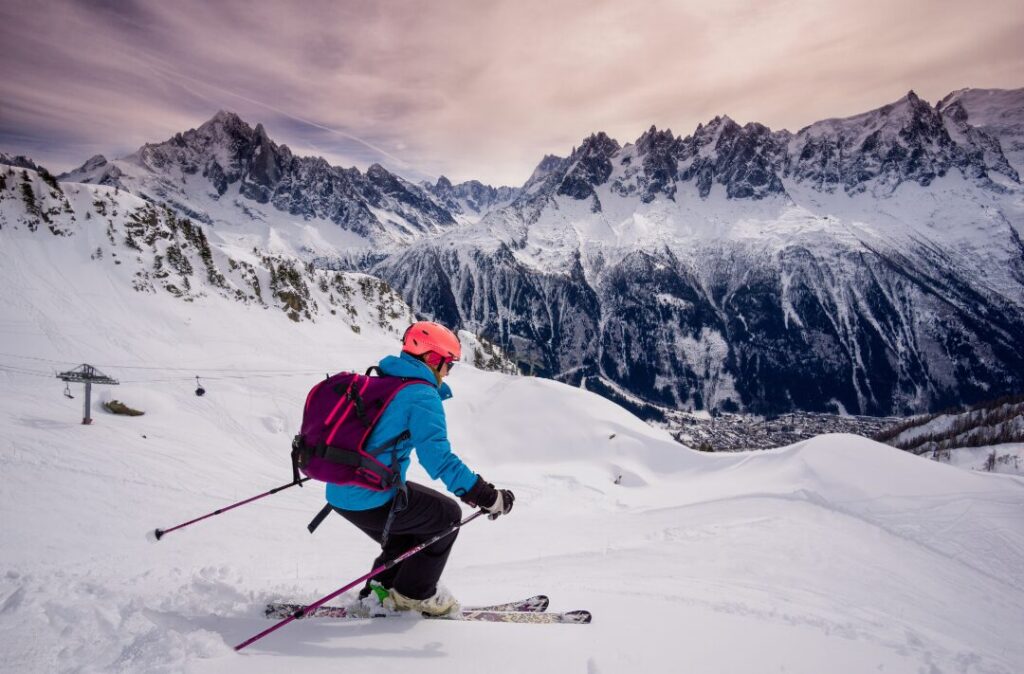
A surface avalanche is a phenomenon in which the upper layer of snow that has accumulated on the ground slides down, while a full-layer avalanche is a phenomenon in which all the snow that has accumulated on the ground slides down.
Surface avalanches occur most frequently in January and February, when temperatures are low and snow falls heavily, while full avalanches occur most frequently in early spring, when temperatures rise and the snow begins to melt.
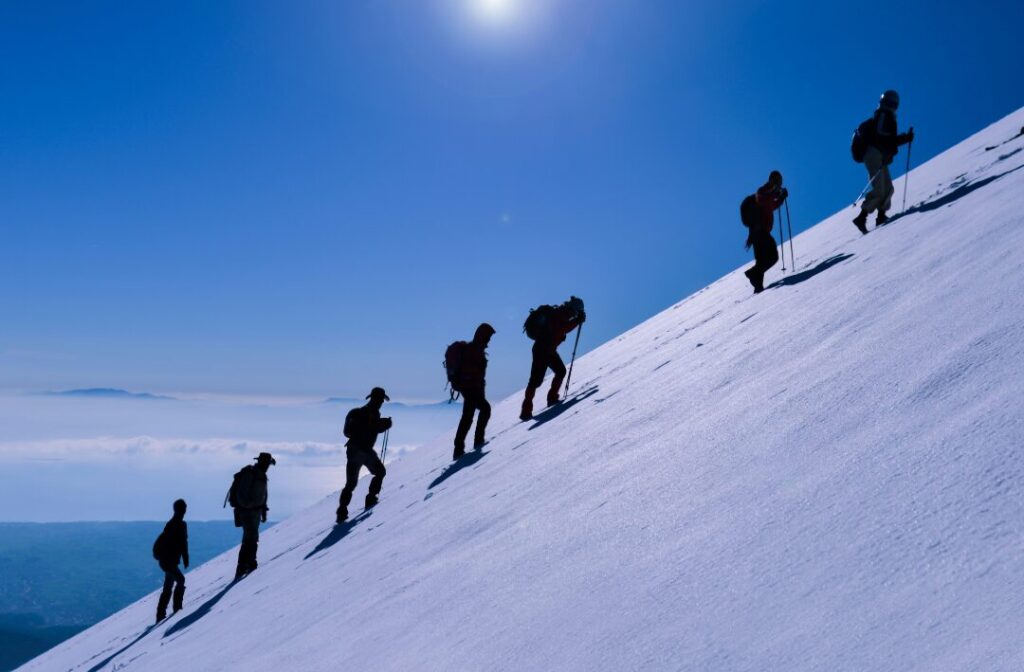
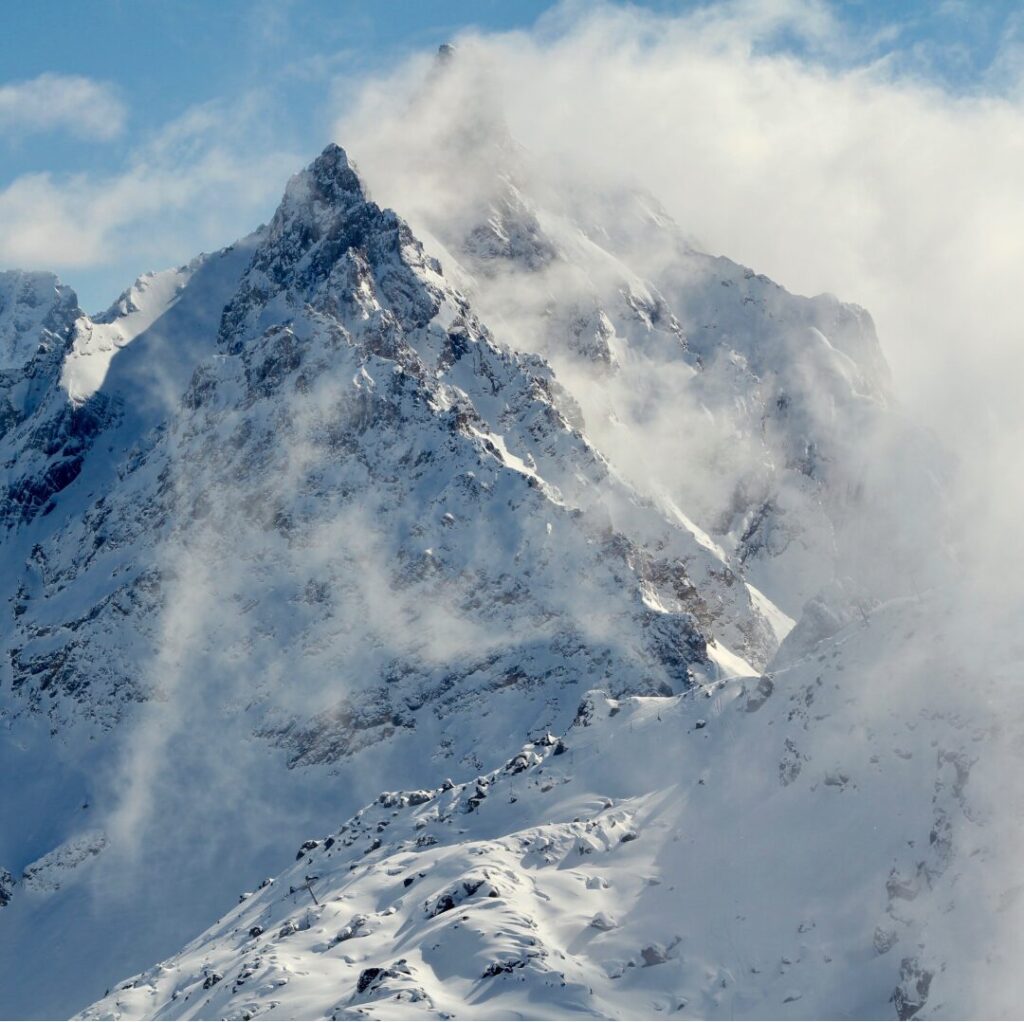
The relationship between vegetation and avalanches is complex and influenced by various factors. While forests of tall trees can help stabilize slopes and prevent avalanches, short trees or sparse vegetation can actually increase the risk. Additionally, the presence of undergrowth like bamboo grass or grass can make slopes more prone to avalanches.
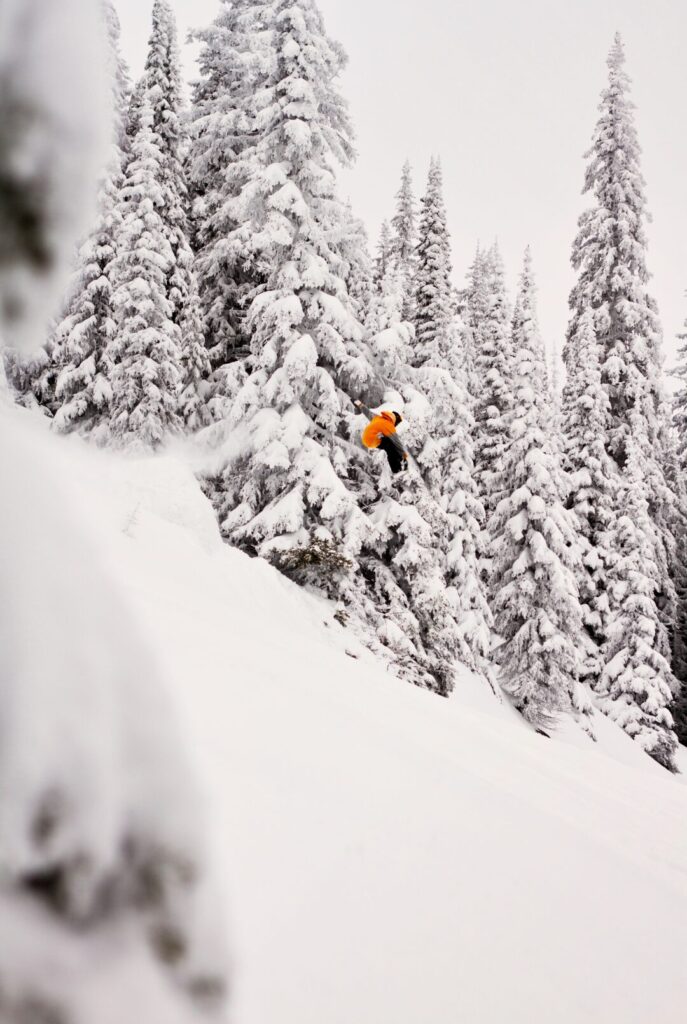
Be careful if snow wrinkles, cracks, or bumps form on the slope and gradually grow in size. It is dangerous and you should leave the area immediately to ensure your safety. Then, please report to the municipal office, police station, or fire department.
